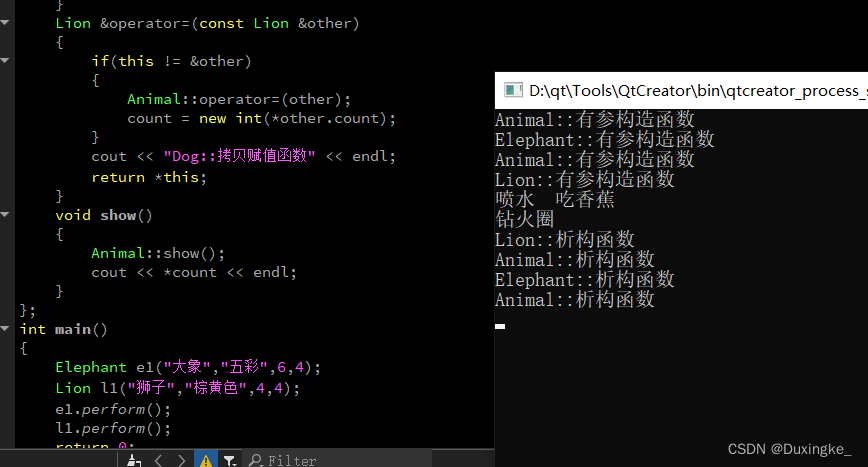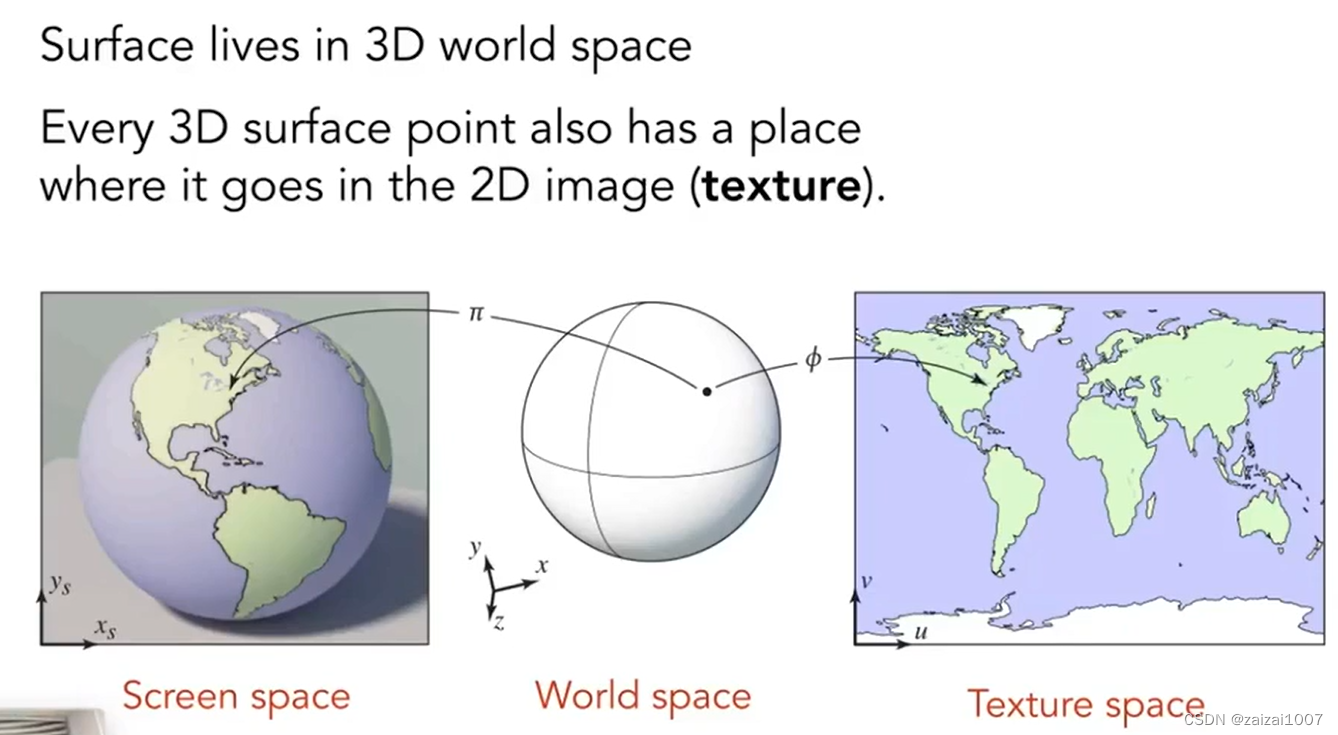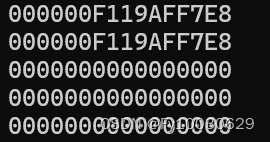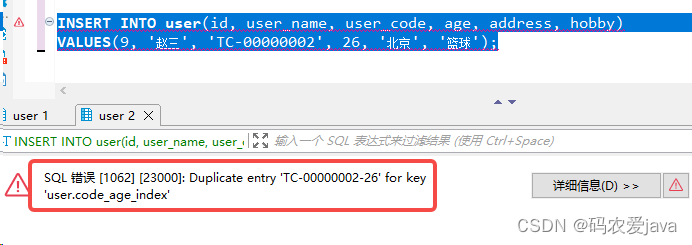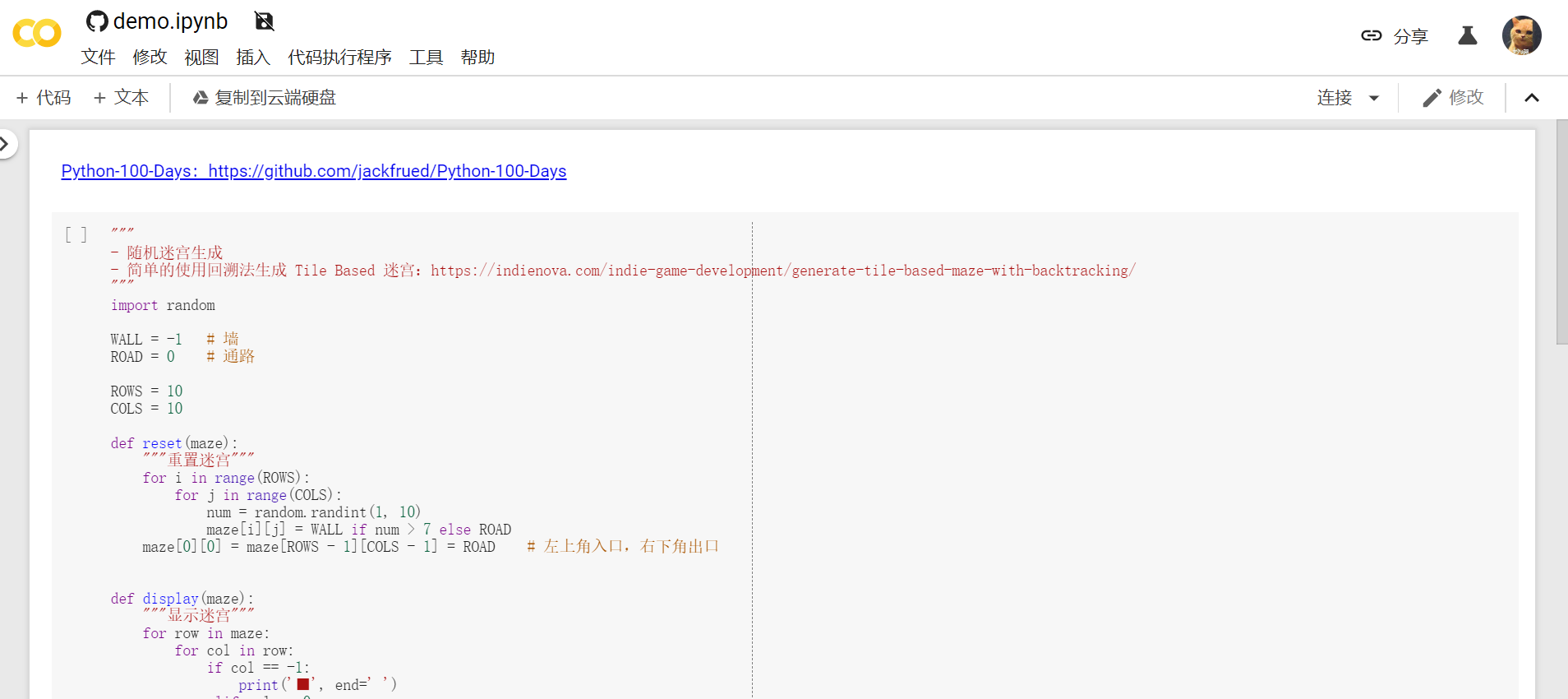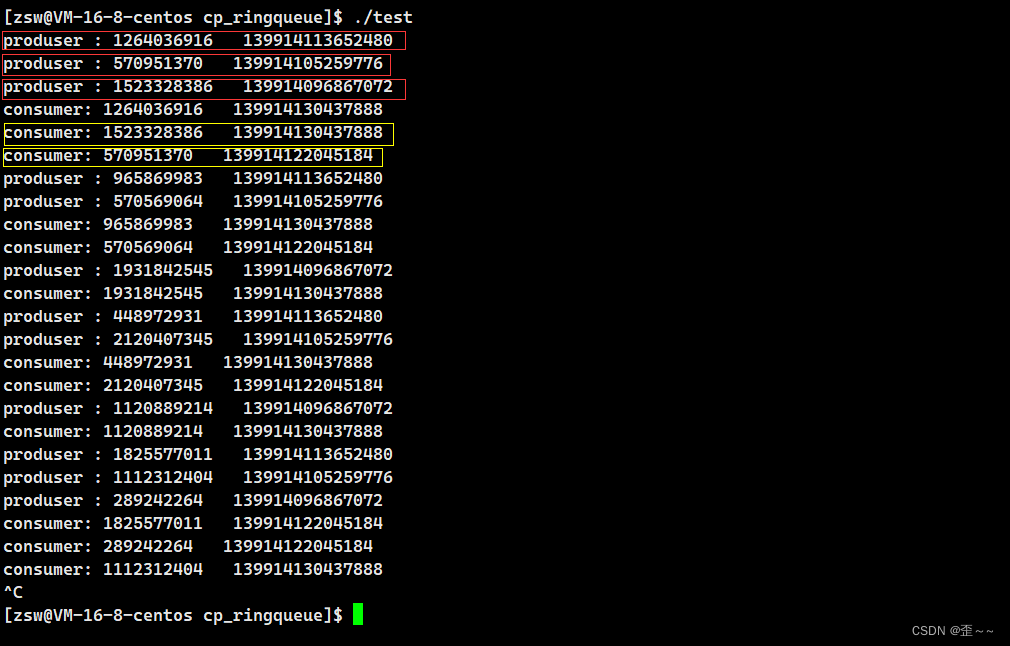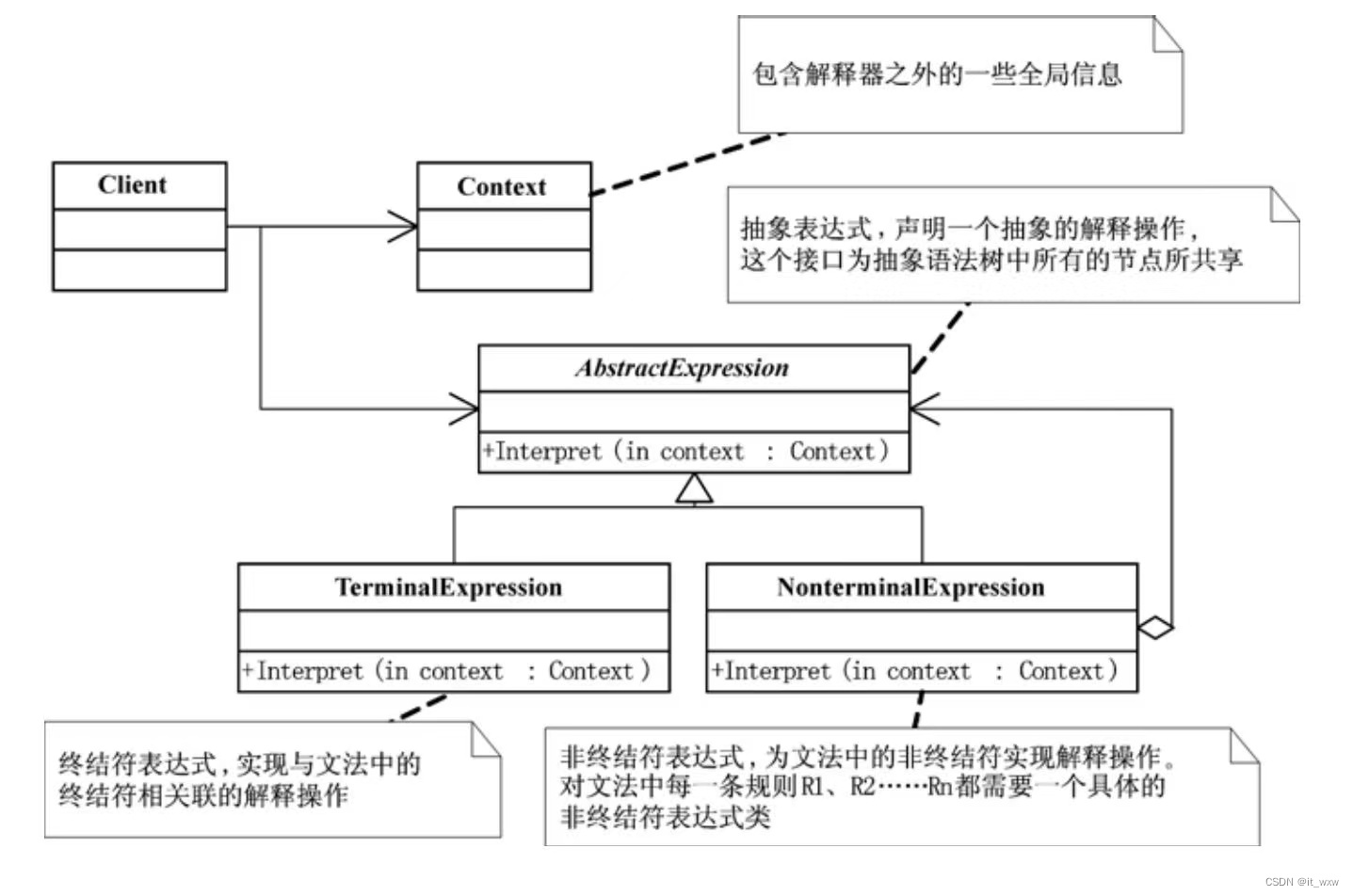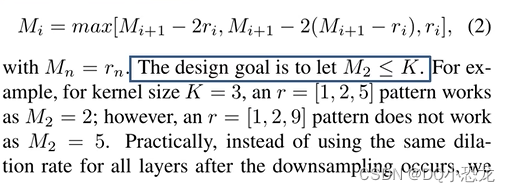思维导图:
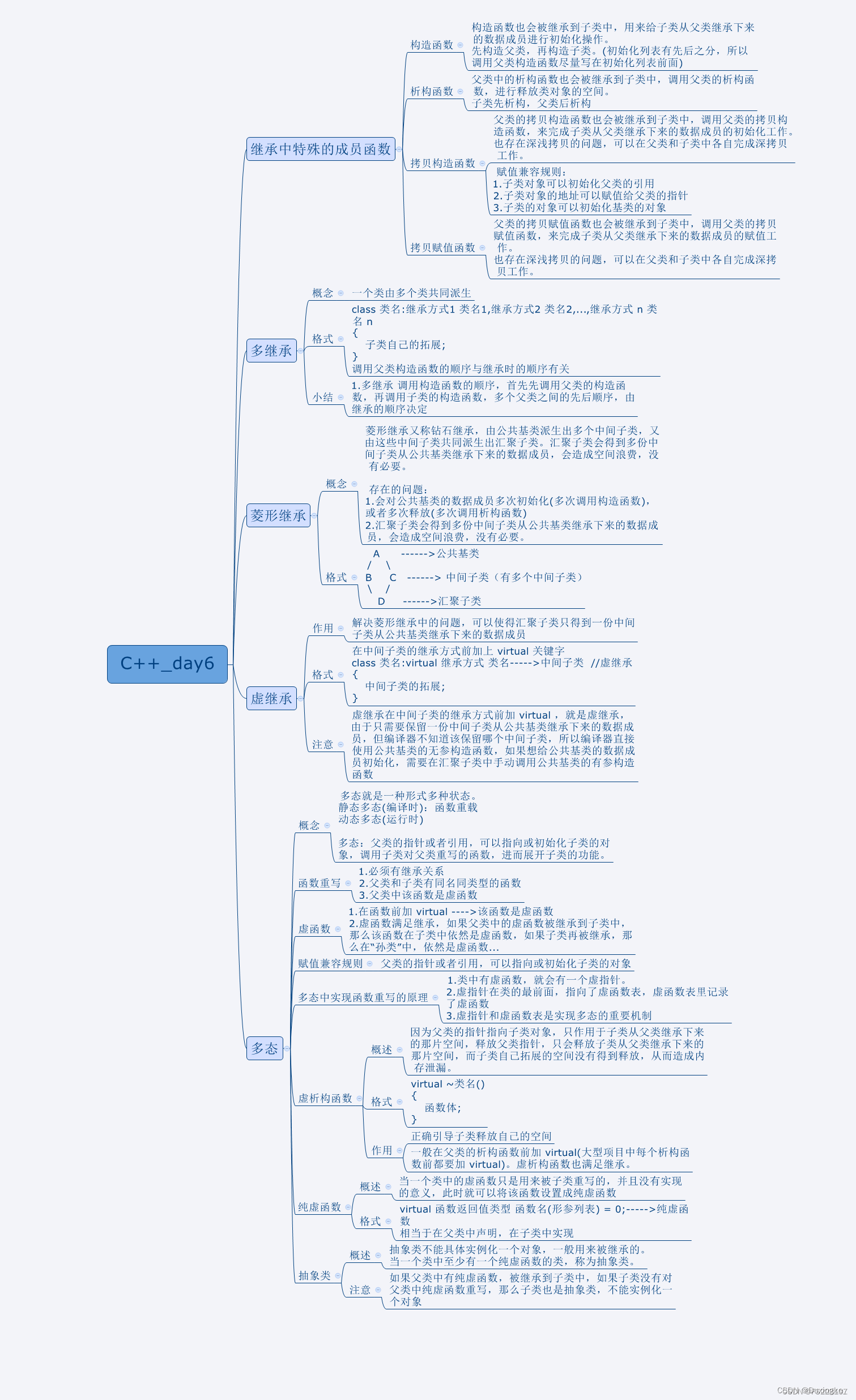
2试编程
封装一个动物的基类,类中有私有成员: 姓名,颜色,指针成员年纪
再封装一个狗这样类,共有继承于动物类,自己拓展的私有成员有:指针成员:腿的个数(整型 int count),共有成员函数:会叫: void speak()
要求:分别完成基类和派生类中的:构造函数、析构函数、拷贝构造函数、拷贝赋值函数
eg
Dog d1;
Dog d2(.....);
Dog d3(d2);
d1 = d3,
#include <iostream>
using namespace std;
class Animal
{
private:
string name;
string color;
int *age;
protected:
public:
Animal()
{
cout << "Animal::无参构造函数" << endl;
}
Animal(string name,string color,int age):name(name),color(color),age(new int(age))
{
cout << "Animal::有参构造函数" << endl;
}
~Animal()
{
cout << "Animal::析构函数" << endl;
delete age;
}
Animal(const Animal &other):name(other.name),color(other.color),age(new int(*other.age))
{
cout << "Animal::拷贝构造函数" << endl;
}
Animal &operator=(const Animal &other)
{
if(this != &other)
{
name = other.name;
color = other.color;
age = new int(*other.age);
}
cout << "Animal::拷贝赋值函数" << endl;
return *this;
}
void show()
{
cout << name << " " << color << " " << *age << " ";
}
};
class Dog:public Animal
{
private:
int *count;
public:
void speak()
{
cout << "汪汪汪~" << endl;
}
Dog()
{
cout << "Dog::无参构造函数" << endl;
}
Dog(string name,string color,int age,int count):Animal(name,color,age),count(new int(count))
{
cout << "Dog::有参构造函数" << endl;
}
~Dog()
{
cout << "Dog::析构函数" << endl;
delete count;
}
Dog(const Dog &other):Animal(other),count(new int(*other.count))
{
cout << "Dog::拷贝构造函数" << endl;
}
Dog &operator=(const Dog &other)
{
if(this != &other)
{
Animal::operator=(other);
count = new int(*other.count);
}
cout << "Dog::拷贝赋值函数" << endl;
return *this;
}
void show()
{
Animal::show();
cout << *count << endl;
}
};
int main()
{
Dog d1;
Dog d2("小黑","黑色",5,4);
d2.show();
Dog d3(d2);
d3.show();
d1=d3;
d1.show();
return 0;
}
运行结果:
3.编程题
以下是一个简单的比喻,将多态概念与生活中的实际情况相联系:
比喻:动物园的讲解员和动物表演
想象一下你去了一家动物园,看到了许多不同种类的动物,如狮子、大象、猴子等。现在,动物园里有一位讲解员,他会为每种动物表演做简单的介绍。
在这个场景中,我们可以将动物比作是不同的类,而每种动物表演则是类中的函数。而讲解员则是一个基类,他可以根据每种动物 的特点和表演,进行相应的介绍。
具体过程如下
定义一个基类Animal,其中有一个虚函数perform (),用于在子类中实现不同的表演行为
#include <iostream>
using namespace std;
class Animal
{
private:
string name;
string color;
int *age;
protected:
public:
Animal()
{
cout << "Animal::无参构造函数" << endl;
}
Animal(string name,string color,int age):name(name),color(color),age(new int(age))
{
cout << "Animal::有参构造函数" << endl;
}
~Animal()
{
cout << "Animal::析构函数" << endl;
delete age;
}
Animal(const Animal &other):name(other.name),color(other.color),age(new int(*other.age))
{
cout << "Animal::拷贝构造函数" << endl;
}
Animal &operator=(const Animal &other)
{
if(this != &other)
{
name = other.name;
color = other.color;
age = new int(*other.age);
}
cout << "Animal::拷贝赋值函数" << endl;
return *this;
}
virtual void perform() = 0;
void show()
{
cout << name << " " << color << " " << *age << " ";
}
};
class Elephant:public Animal
{
private:
int *count;
public:
void perform()
{
cout << "喷水 吃香蕉" << endl;
}
Elephant()
{
cout << "Elephant::无参构造函数" << endl;
}
Elephant(string name,string color,int age,int count):Animal(name,color,age),count(new int(count))
{
cout << "Elephant::有参构造函数" << endl;
}
~Elephant()
{
cout << "Elephant::析构函数" << endl;
delete count;
}
Elephant(const Elephant &other):Animal(other),count(new int(*other.count))
{
cout << "Elephant::拷贝构造函数" << endl;
}
Elephant &operator=(const Elephant &other)
{
if(this != &other)
{
Animal::operator=(other);
count = new int(*other.count);
}
cout << "Dog::拷贝赋值函数" << endl;
return *this;
}
void show()
{
Animal::show();
cout << *count << endl;
}
};
class Lion:public Animal
{
private:
int *count;
public:
void perform()
{
cout << "钻火圈" << endl;
}
Lion()
{
cout << "Lion::无参构造函数" << endl;
}
Lion(string name,string color,int age,int count):Animal(name,color,age),count(new int(count))
{
cout << "Lion::有参构造函数" << endl;
}
~Lion()
{
cout << "Lion::析构函数" << endl;
delete count;
}
Lion(const Lion &other):Animal(other),count(new int(*other.count))
{
cout << "Lion::拷贝构造函数" << endl;
}
Lion &operator=(const Lion &other)
{
if(this != &other)
{
Animal::operator=(other);
count = new int(*other.count);
}
cout << "Dog::拷贝赋值函数" << endl;
return *this;
}
void show()
{
Animal::show();
cout << *count << endl;
}
};
int main()
{
Elephant e1("大象","五彩",6,4);
Lion l1("狮子","棕黄色",4,4);
e1.perform();
l1.perform();
return 0;
}
